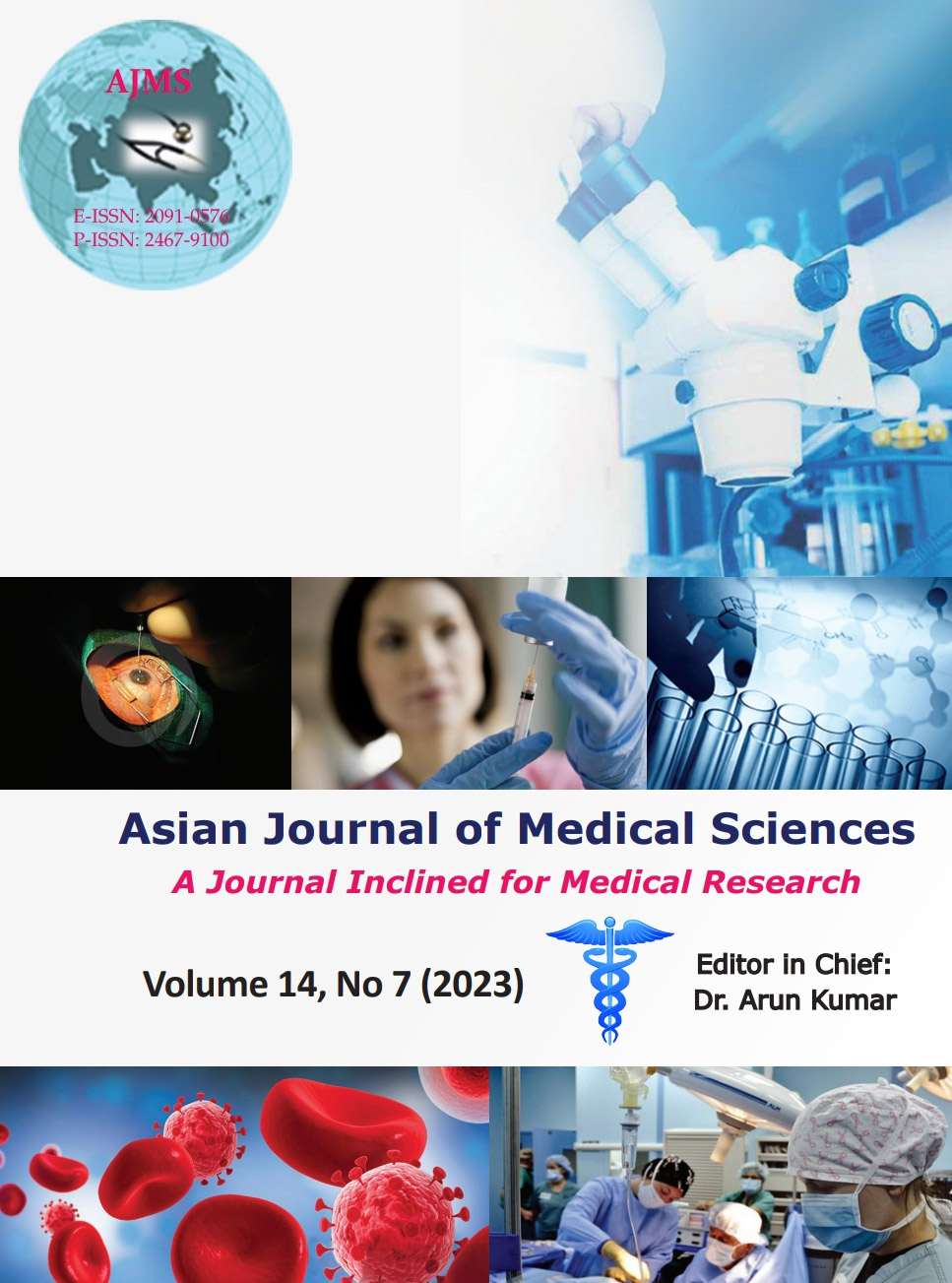A comparative study on port-site infection following gall bladder retrieval using endobag and conventional method in laparoscopic cholecystectomy
Keywords:
Gall bladder extractions; Endobags; Port site infection; Laparoscopic cholecystectomyAbstract
Background: Gallbladder (GB) retrieval is essential to reduce postoperative pain after laparoscopic cholecystectomy (LC). Limited data are available for the use of endobags for GB extraction.
Aims and Objectives: The study aims to assess the incidence of postoperative infection after GB extraction.
Materials and Methods: The randomized prospective study was conducted in the Department of General Surgery, Government Rajaji Hospital, for 6 months. After the ethical approval, 100 patients who underwent elective LC were enrolled in the study. Patients who underwent LC and removed the GB using an endobag were included in Group A. The patients in whom the bladder was removed without using an endobag were included in Group B.
Results: The study reports a female predominance, 76% in Group A and 70% in Group B. A significant difference was reported between the port-site spill in Group B patients who underwent conventional treatment without endobags and reported spillage in six patients (12.0%). In addition, port-site infection was also prevalent in four patients under Group B with a significant difference, respectively. The mean operating time was higher in Group A patients with 88.24±7.4 (hours) compared with Group B with 85.3±6.6 (hours); however, no significant difference was reported between operating time and hospital stay.
Conclusion: The use of endobags in GB extraction has been reported beneficial with a lower incidence of port-site spillage and infection. This signifies the essential benefit of endobags for GB extraction with a lower incidence of postoperative complications.
Downloads
Downloads
Published
How to Cite
Issue
Section
License
Copyright (c) 2023 Asian Journal of Medical Sciences

This work is licensed under a Creative Commons Attribution-NonCommercial 4.0 International License.
Authors who publish with this journal agree to the following terms:
- The journal holds copyright and publishes the work under a Creative Commons CC-BY-NC license that permits use, distribution and reprduction in any medium, provided the original work is properly cited and is not used for commercial purposes. The journal should be recognised as the original publisher of this work.
- Authors are able to enter into separate, additional contractual arrangements for the non-exclusive distribution of the journal's published version of the work (e.g., post it to an institutional repository or publish it in a book), with an acknowledgement of its initial publication in this journal.
- Authors are permitted and encouraged to post their work online (e.g., in institutional repositories or on their website) prior to and during the submission process, as it can lead to productive exchanges, as well as earlier and greater citation of published work (See The Effect of Open Access).




